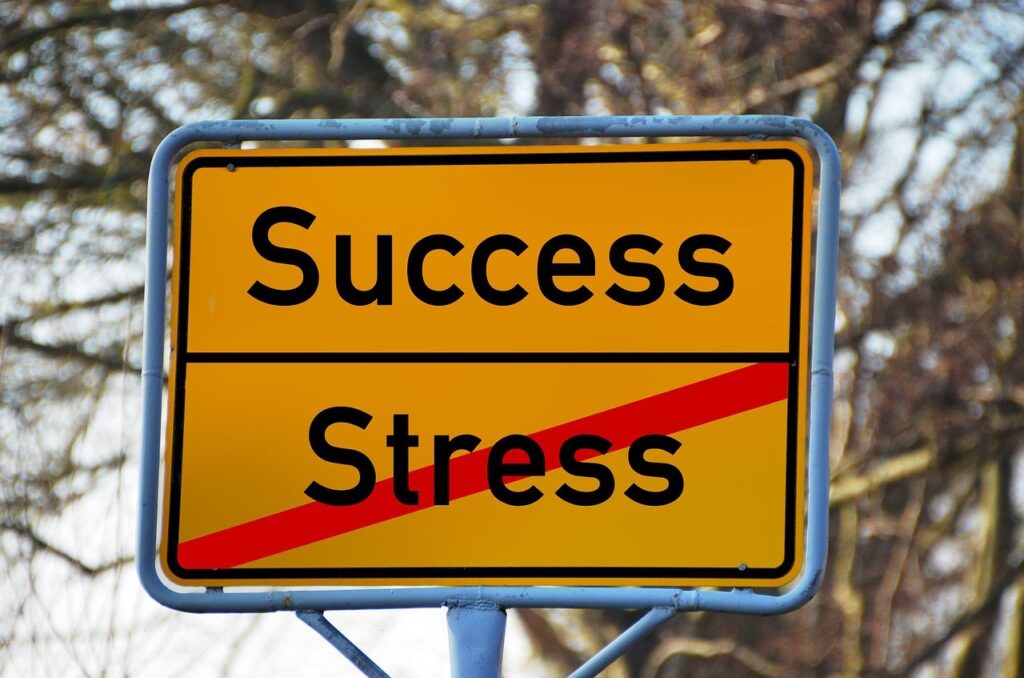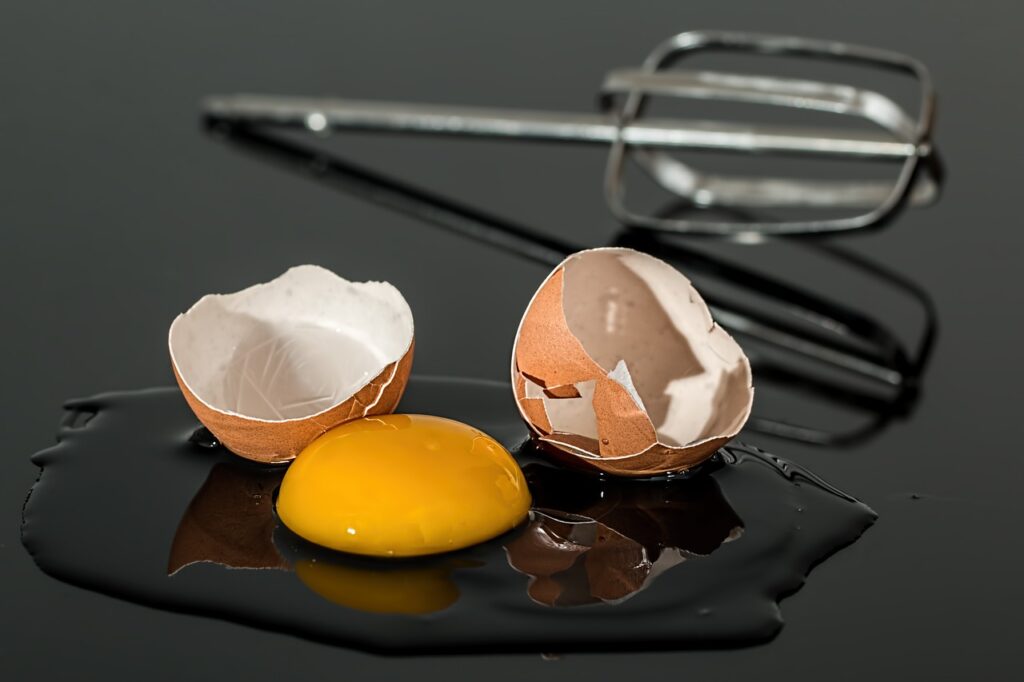Introduction: Stress as the Silent Killer
The problem with stress is that its impact on us often goes unnoticed until it’s too late. Stress hormones like cortisol can lead to a range of health problems over time such as high blood pressure, heart disease, chronic pain conditions, depression/anxiety disorders and even premature aging.
That’s why it’s important for us to understand how stress works and learn about tools that can help us manage it effectively before it takes a toll on our lives. By doing so, we empower ourselves to lead healthier and happier lives.
“The greatest weapon against stress is our ability to choose one thought over another.” ~ William James
Understanding Mind-Body Connection for Reducing Stress
The first step in utilizing this connection is understanding how thoughts and emotions influence physiological responses. When we experience negative thoughts or feelings like fear, anger or anxiety, the body responds by releasing hormones like cortisol which can induce a state of ‘fight-or-flight’. This reaction was once helpful for cavemen trying to escape danger but isn’t suitable for modern-day situations such as a work deadline or traffic jam.
To reduce stress levels using the mind-body approach, you need to be aware of your own response patterns. One common technique is cognitive restructuring – recognizing self-critical thought patterns and then replacing them with constructive ones.
“I’m not good enough” could become “I am capable”.
Meditation has also been shown to change neural pathways in the brain associated with emotional regulation while promoting feelings of relaxation and calmness throughout your entire body. Yoga too helps you coordinate breathwork with movements that improve flexibility while easing muscular tension.
In summary, there are many ways of reducing stress by acknowledging the link between your mind and body including mindfulness practices like meditation & yoga along with methods proven over time so try out different techniques until you find what works best!
Using Meditation and Mindfulness Techniques to Reduce Anxiety
Meditation involves bringing your attention to the present moment while focusing on breathing or other objects of focus. Mindfulness, on the other hand, requires you to be fully engaged in whatever activity you’re doing without distractions from worries about the past or future. Practicing these techniques regularly has been shown to decrease cortisol (stress hormone) levels in the body which helps lower overall stress and anxiety.
To start meditating, find a quiet space where you won’t be disturbed for at least 10 minutes (although longer sessions are more beneficial). Sit comfortably in an upright position with your legs crossed; close your eyes and take deep breaths through your nose filling up your belly first then lungs before exhaling slowly through pursed lips.
Tips for a successful meditation practice:
- Schedule it at the same time every day: This creates consistency making it easier to establish as part of daily routine
- Create a peaceful ambiance: Distracting sounds can easily pull us out of state of relaxation so try using calming music or nature sounds playing lowly during session
- Avoid judging yourself harshly: Clearing thoughts takes time so don’t fret when mind wanders aimlessly – acknowledge thought(s), set them aside, & continue returning focus back onto breath again
If sitting still proves too challenging initially there’s no need worry as walking meditations also exists! This type allows one focus inward while taking short steps forward in rhythm w/breathing pattern–another option worth exploring if unable stay motionless otherwise.
Overall, practicing mindfulness and meditation regularly can be great tools for reducing anxiety levels. It doesn’t require elaborate preparation (just find a quiet place) or any expensive equipment to start – all that’s needed is willingness & open mindedness towards learning process while building skills over time!
Practicing Yoga and Other Relaxation Techniques for a Calmer Mind
A regular yoga practice can help lower cortisol levels (the hormone associated with stress) in the body, improve mental clarity, reduce anxiety symptoms, and increase feelings of happiness. It’s an excellent way to disconnect from daily stresses while connecting your mind and body.
There are many different types of yoga available – some classes may be more focused on physical poses or movements while others concentrate on breathwork or mindfulness. Regardless of which type you choose to practice; all forms of yoga encourage relaxation through awareness.
Meditation is another powerful tool often used alongside yoga practices to calm racing thoughts and find inner peace. Meditation involves sitting quietly with eyes closed while focusing on one’s breath or a specific word or phrase.
Incorporating meditation into your daily routine can help you feel centered even during the busiest parts of your day by helping regulate emotions such as anger or frustration better
.
Other forms of relaxation techniques include Tai Chi – which incorporates slow movement exercises gently stretching joints, muscles & tendons whilst simultaneously promoting calmness- Progressive muscle relaxation also known as Jacobson’s Progression involving tensing followed by relaxing each group separately in order making sure each muscle group gets adequate attention reducing tension build-up throughout our bodies.
No matter what technique resonates best with you regarding calming yourself mentally: whether it’s flowing through sun salutations sequences-involving gentle actions linked to breathing-or letting go in corpse pose learn how this powerful form can influence your overall wellbeing!
.
Navigating Social Media Overload & Technology Burnout in Today’s Digital Age
Social media overload and technology burnout are becoming increasingly common problems that many individuals experience. The constant notifications, pressure to stay updated with news feeds and trends, as well as the fear of missing out (FOMO) have led to anxiety, depression, reduced productivity levels at work or school, strain in relationships and even addiction.
Fortunately, there are ways you can navigate social media overload and avoid technology burnout:
- Set boundaries for screen time: Limit your daily use of electronic devices by setting specific times or durations for checking emails or scrolling through social media feeds. Try turning off notifications that may distract you from important tasks like studying or working.
- Create tech-free zones: Establish designated areas where you don’t allow yourself any electronic device usage such as the dinner table or bedroom before sleep hours. This will help create healthy habits around disengaging from screens which could improve your quality of life both physically & mentally over time.
- Mindful engagement: Rather than mindlessly scrolling through pages on Facebook during free moments try engaging more purposefully while interacting online; Commenting thoughtfully instead clicking haphazardly on every link one comes across might make a huge difference over-time!
- Digital detox: Take some time out from technology every day to allow yourself moments of peace and relaxation. Consider incorporating activities such as nature walks, meditation, deep breathing exercises or journaling into your daily routine.
- Connect with the world beyond screens: Cultivate meaningful relationships outside of digital space by spending time with loved ones or connecting with groups in real-life settings that share similar interests like volunteering or attending events.
- Evaluate social media content and usage : Monitor what you consume online & avoid accounts where interactions tend towards negativity; Unfollow those who make you feel anxious/stressed out. Be intentional about consuming positive social media content (inspiring quotes,motivational videos etc) to enhance your mental well-being over-time
In conclusion, navigating social media overload and avoiding technology burnout require a conscious effort to create healthy boundaries around our usage habits. By incorporating practices such as mindful engagement, digital detoxes, and setting screen-time limits we can cultivate better online behaviors that promote balance in our lives.
Healthy Eating Habits, Sleep Hygiene, and Physical Activity as Lifestyle Tools For Relieving Tension
Healthy Eating Habits:
Eating a balanced diet is essential for overall well-being as it provides necessary nutrients to keep our bodies functioning optimally. When we’re stressed, many of us tend to reach for comfort foods such as pizza or other fast food options–but this actually exacerbates feelings of anxiety in the long term.
To promote healthy eating habits:
- Aim for nutrient-dense meals which contain plenty of lean protein, whole grains, fruits and vegetables.
- Avoid processed foods and sugary snacks as much as possible
- Drink plenty of water throughout the day
.
.
Sleep Hygiene:
In today’s fast-paced world where we’re constantly bombarded by screens and notifications around-the-clock, getting enough sleep can be challenging but crucially important. Inadequate rest makes us more susceptible to feeling overwhelmed and anxious about our daily tasks.
To improve sleep hygiene:
-
‘
- Create a bedtime routine – aim for going to bed at the same time every night
- Avoid using electronics an hour before bed
- Keep your bedroom cool & dark – turn off any lights or use blackout blinds if needed. Li>’
‘.
‘
‘.
‘
B > Physical Activity: / b >
Regular exercise boosts our body’s production of endorphins, which are the natural hormones that help promote feelings of pleasure and relaxation. Physical activity can also be an excellent way to channel negative energy or emotions in a productive way.
To incorporate regular physical activity into your routine:
-
‘
- Find an exercise you enjoy doing
- Schedule it like any other task on your calendar
- If you can’t fit in a full workout, try going for short walks throughout the day – even just ten minutes at a time
‘.
‘
‘.
‘
‘
p > By focusing on healthy eating habits, sleep hygiene and incorporating physical activity into our daily routines, we have powerful tools that support stress reduction over time. These lifestyle changes may require some adjustments at first but making small steps towards greater mind-body balance pays significant dividends for both long-term health and personal happiness. / p >




